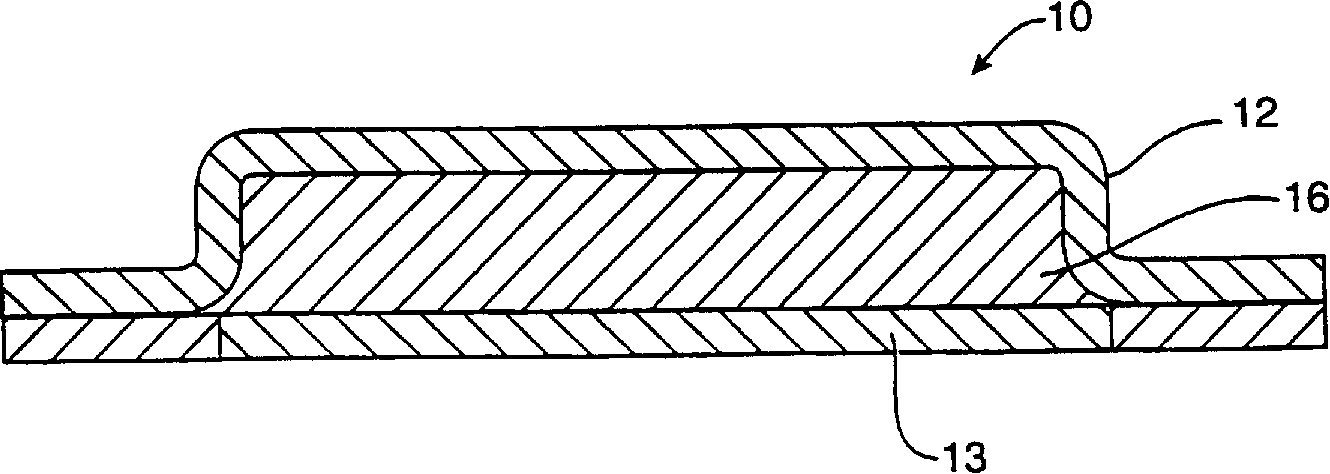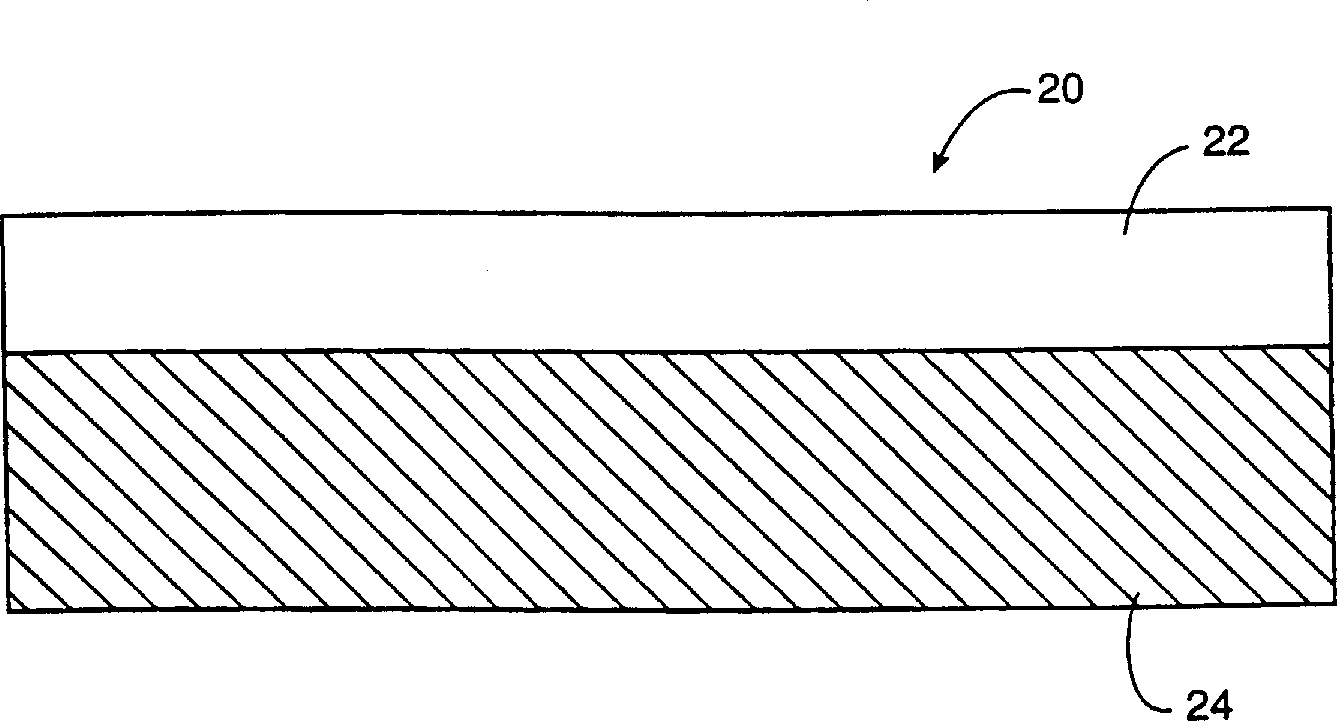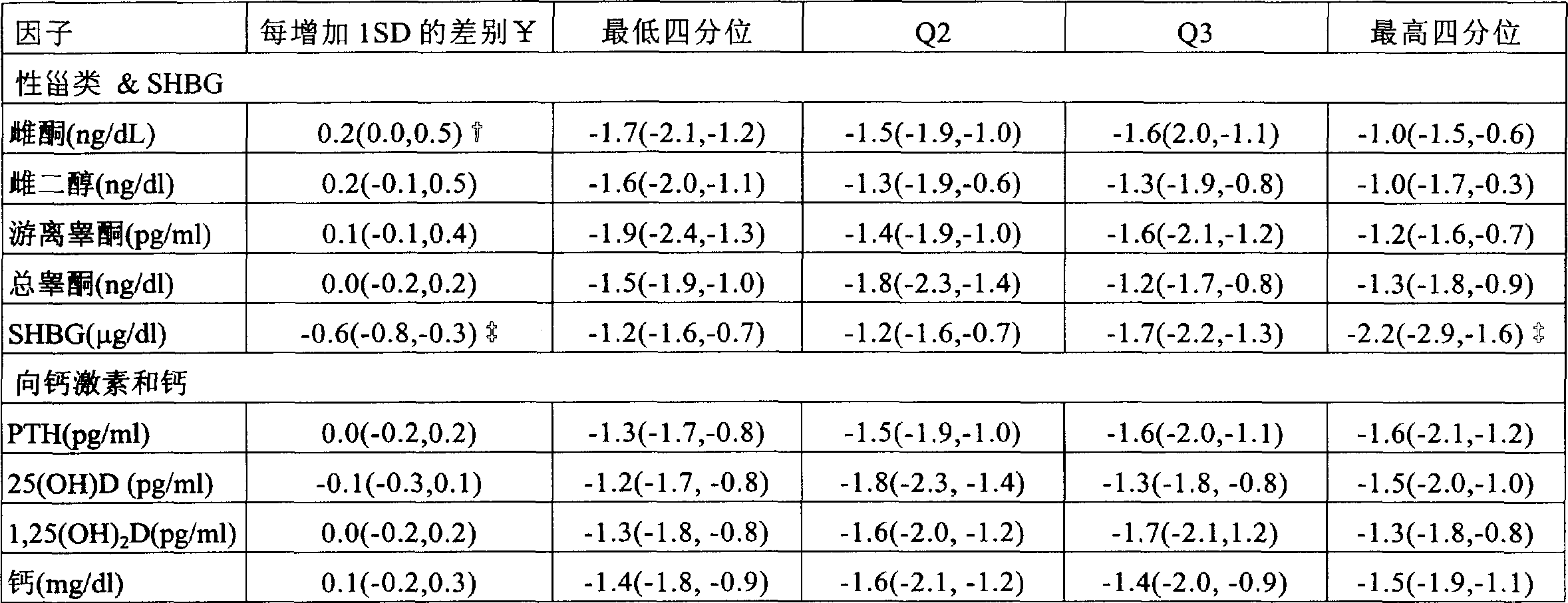Mechod for treating postmenopausal women using ultra-low-doses of estrogen
A technology of estrogen and dosage, which is applied in the direction of pharmaceutical formulations, nervous system diseases, medical preparations containing active ingredients, etc., and can solve problems such as no results
- Summary
- Abstract
- Description
- Claims
- Application Information
AI Technical Summary
Problems solved by technology
Method used
Image
Examples
Embodiment 1
[0041] The following examples and data demonstrate the association between serum estradiol levels and osteoporotic fractures, and also demonstrate the effectiveness of using ultra-low doses of exogenous estrogen to reduce the risk of osteoporotic fractures and treat postmenopausal symptoms. effect. 1. Test population
[0042] The Osteoporotic Bone Study was a prospective study of a cohort of 9704 women recruited from the full population lists of 4 US communities: Baltimore, Minneapolis, Pittsburgh, and Portland. See Cummings et al., N. Engl. J. Med. 332:767-773 (1995). Women aged 65 or older participated in the study by petition. The trial population included black women because of their low risk of hip fracture, as well as women with bilateral hip reductions or women who needed assistance with walking. Participants answered questions about current or recent use of estrogen, calcium supplements, and multivitamins containing vitamin D. 2. clinical measurement
[0043...
Embodiment 2
[0088] This example demonstrates the comparison of the effect of different doses of estrogen administered on the prevention of bone loss in postmenopausal women using a 7-day transdermal estrogen therapy system. 1. method
[0089] Healthy, hysterectomized women aged 45-65 years and 1-5 years postmenopausal when their baseline bone mineral density (BMD) at L2-L4 by dual-energy X-ray absorptiometry (DEXA) is at 45 years Women within 2.5SD of the mean for normal women were eligible for inclusion. Test subjects were randomized to receive one of four doses of estradiol TTS (6.5, 12.5, 15 and 25 cm 2 The patches released 0.025, 0.05, 0.06 and 0.1 mg / day estradiol, respectively) or placebo. It was pasted on the abdomen every Monday, and the experiment lasted for 2 years. BMD, serum osteocalcin (OST) and uterine deoxypyridinoline cross-linked product / creatinine (DPD) were measured at L2-L4, femoral neck and forearm every 6 months. Results after 18 months of treatment. 2. result...
Embodiment 3
[0093] The following examples and data are used to demonstrate the relationship between serum estradiol levels and bone mineral density loss. These examples also demonstrate the efficacy of reducing bone mineral loss using ultra-low doses of exogenous estrogen. 1. Test population
[0094] The test subjects were participants in the Osteoporotic Fracture (SOF) study, details of which are described in Example 1. The trial was based on a randomly sampled subpopulation of 261 SOF participants who were bled and had technically sufficient calcaneal BMD to be detected at baseline and follow-up in 1993-94. Of these, 241 women had technically adequate hip bone mineral density measurements in the 2 trials in 1990 and in the follow-up trial in 1993-94. The final results were based on subpopulations of 231 and 218 women who had a pair of calcaneal and hip BMD scans, respectively, who reported not taking estrogen-reconstitution therapy at the baseline visit. The sample size for individu...
PUM
 Login to View More
Login to View More Abstract
Description
Claims
Application Information
 Login to View More
Login to View More - R&D Engineer
- R&D Manager
- IP Professional
- Industry Leading Data Capabilities
- Powerful AI technology
- Patent DNA Extraction
Browse by: Latest US Patents, China's latest patents, Technical Efficacy Thesaurus, Application Domain, Technology Topic, Popular Technical Reports.
© 2024 PatSnap. All rights reserved.Legal|Privacy policy|Modern Slavery Act Transparency Statement|Sitemap|About US| Contact US: help@patsnap.com










